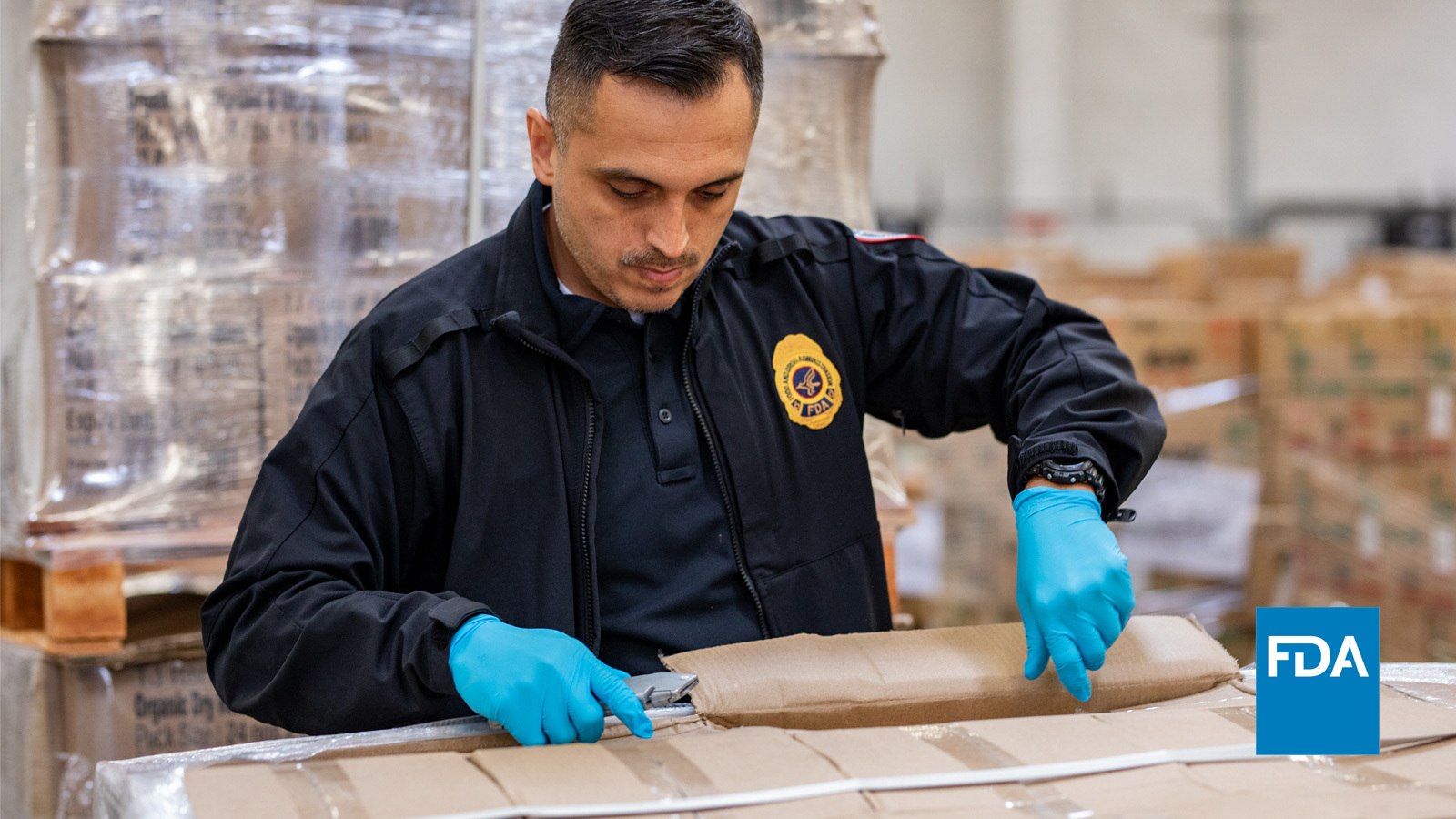Audit Overload: How to Turn Compliance Stress into Strength
November 03, 2025The MDSAP program was designed to reduce the auditing burden on both regulatory authorities and manufacturers. Reduced operational disruptions, support costs and a singular ISO 13485 framework are widely cited successful outcomes of MDSAP.
For quality audit personnel, it does not feel like reduced anything except sleep! One business I recently supported endured 10 audits in one year, not counting a potential post-BREXIT MHRA inspection. This count includes in-person and remote audits of one business unit with two sites.
When discussing audit and inspection preparations, the prospect of adding ONE more audit becomes the proverbial straw that broke the camel’s back. Yet, when planned and structured properly, they can strengthen a quality system. One of the most significant changes for medical device manufacturers facing the incorporation of ISO 13485 to 21 CFR 820 is the addition of internal audit reports, supplier audit reports, and management reviews to documents reviewed in audits. Under the current regulations, 21 CFR 820.180(c) exempted the contents of these reports from the scope of FDA inspections.

Part 1: Stepping Up to Bat
The most important tool for audit and inspection training is a foundational course explaining who the auditors and investigators are, the distinctions between regulators and notified bodies, and differences in reviewed subjects. Other important topics include audit staffing plans and role definitions, such as primary representative, escort, inspection administrator, scribe, backroom lead, document pullers, document checkers, and document delivery.
Logistics matter, too. Identifying the front room, back room, and pre-determining tour routes ensure people are in the right place at the right time.
Part 2 – Waiting for the Pitch
The anticipation of the audit interview can be very stressful for designated Subject Matter Experts (SME). Even the burden of an information download to the stressed and fatigued primary representative creates its own pressure.
Explaining and practicing these conversations will help employees ease into the real meeting when the time arrives. A practice round will remove uncertainty and reduce tension.
Part 3 – Hitting the Curve
The FDA is one of the most connected government agencies. Its placement in the Executive Branch and its mission to protect the public health raises its responsibilities to the international stage, quite unlike other agencies within the Department of Health and Human Services (HHS). The FDA’s Office of Criminal Investigations (OCI) collaborates closely with the Department of Justice (DOJ) and its agencies.
These connections and the Agency’s location in the Washington D.C. area provide FDA investigators access to training resources from the Attorney General, the FBI, and yes, even the CIA.
Companies can build confidence and poise by providing training in questioning and answering techniques beyond technical subject matter. Comprehensive preparation requires analyses of posture, pacing, and body language. Reviewing practice interviews gives the SME opportunities to select their words and avoid confusing acronyms that disrupt conversation flow. FDA field staff are armed with these tools, so companies should be too.
Part 4 - Sliding into Home
Findings and observations, like audits and inspections, can be an opportunity to build credibility with notified bodies and the FDA. Promptly closing findings and observations should be viewed as an upfront investment in smoother future interactions. The cost of noncompliance is high and even notified body findings can jeopardize EU market access.
Readiness Audits: Are They Really Necessary?!?
When done properly, readiness audits are invaluable for testing audit communications, operations, and staffing. They also provide a “safe space” to expose functional areas, such as supply chain or operations, that may not have seen an audit from open to close.
One of my most memorable readiness audit experiences was at a facility where I was completely unknown. The quality systems director and management team asked if I would be willing to stage an unannounced, unplanned, and unexpected readiness audit, with me as the lead auditor.
The day was selected, and it was decided that I would arrive just at the very start of business. This was during the transition from remote work to return to office, so communications and staffing plans were fluid.
By all accounts, it was a success. I employed my usual audit shenanigans: attempting to bypass security without an escort, white glove testing top shelves and using my height to retrieve long forgotten equipment manuals.
The experience taught the site how to scramble, gave new SMEs a chance to guide tours and manage an auditor. I gained insight into how the site presented itself without weeks of walkthroughs and non-conforming cage burndowns.
“Audits are not just compliance checks. They are stress tests for your entire organization. Success is more about efficiency than memorizing regulations; it’s about mastering communication under pressure.”
Billy Delfs, Associate Attorney, Gardner Law
Batter Up!
While MDSAP aimed to simplify compliance, the reality for many manufacturers is an increasingly complex audit environment. The integration of ISO 13485 with 21 CFR 820, combined with global regulatory expectations, demands a proactive and strategic approach to audit readiness.
Investing in training, solidifying role definitions, and conducting readiness audits are not just about surviving the next inspection. They also build resilience and foster credibility with regulators and notified bodies. The cost of noncompliance can jeopardize market access and reputation. Preparation is a competitive advantage.
Ready to Strengthen Your Audit Strategy? Contact our team to schedule a readiness audit or customized training session. Let us help you turn regulatory challenges into opportunities for operational excellence.